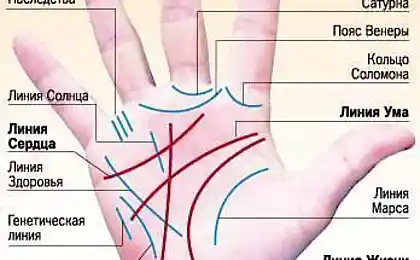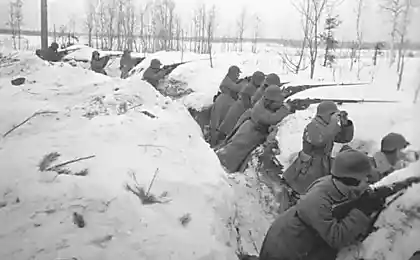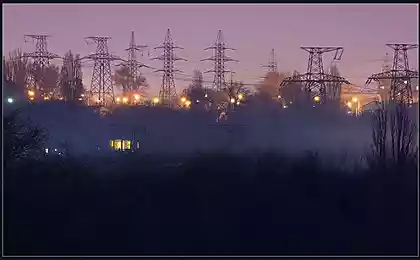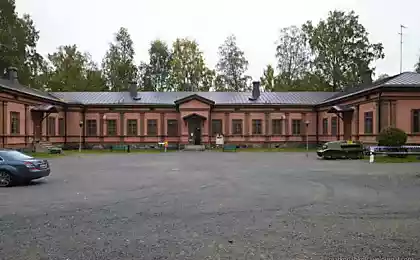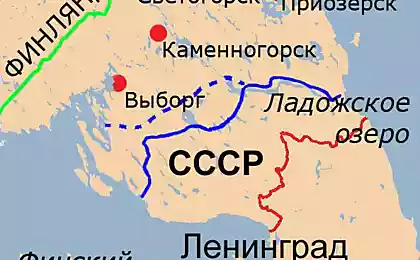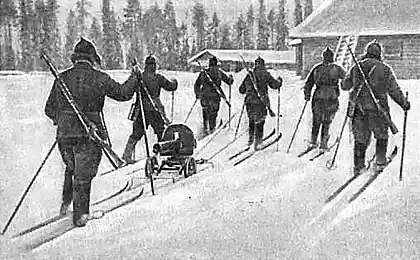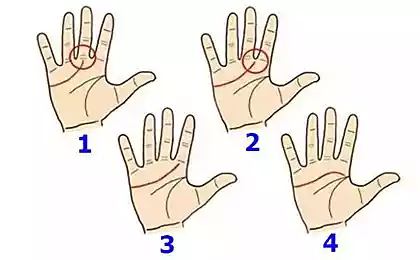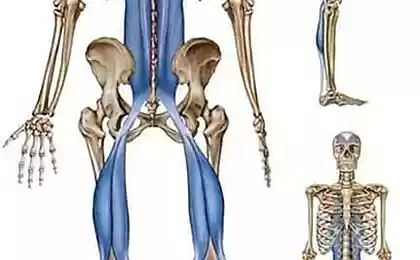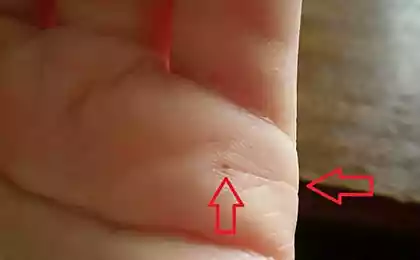1277
The legendary Mannerheim Line
February 15, 1940, Soviet troops finally broke through the "Mannerheim Line" - a powerful complex of defense buildings, considered impregnable. It was a turning point in the Winter War of 1939-1940 in the military history as such. Today, we recall that this was a legendary Finnish defensive line and tell you about the six most interesting facts related to the "Mannerheim line" - the history of its construction and operation.

Mannerheim Line or a line Enkel? Name Mannerheim, Finnish-chief, and then the President of Finland, the line of fortifications on the Karelian Isthmus received only at the end of 1939, when a group of foreign journalists visited on its construction. Reporters went home and wrote a series of stories about what they saw, and said that then became the official term. In itself, the Finnish defense industry for a long time called "line Enkel" in honor of the Chief of General Staff of the young republic, with the beginning of the 20s of the 20th century great attention to the construction of fortifications on the southern borders of his homeland. Construction of the line began in 1920 and was suspended in 1924 when Enckell resigned from his post.
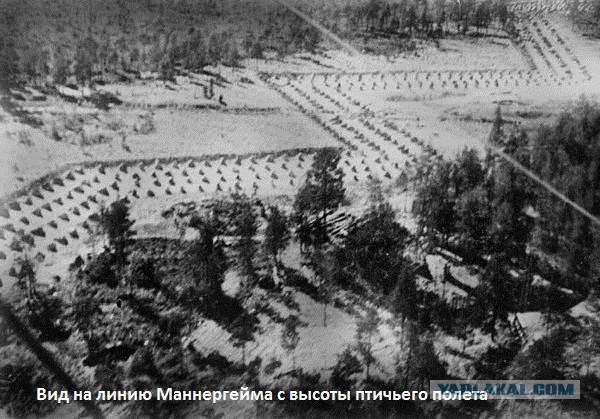
It resumed only in 1932, when the legendary captain Carl Gustaf Mannerheim, who became the year before that the head of the National Defense Commission, rode to inspect the "line Enkel" and ordered her to finish, strengthen and modernize.

What is the Mannerheim Line? With this, in fact, it was necessary to start. "Mannerheim Line" - a huge defensive line built by Finns in 1920-1939 years far from the border with Soviet Russia. It was created to stop the advance of the Red Army into the country. And what is one to begin in Helsinki did not doubt.
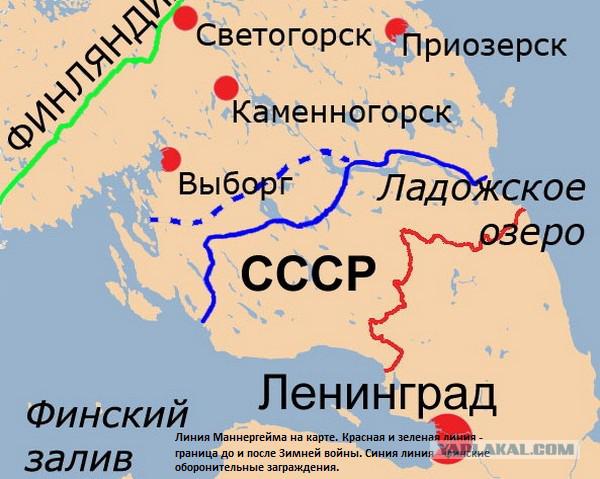
The line was created in view of the landscape of the Karelian Isthmus and rested against the West in the Gulf of Finland, and in the east - to Ladoga. The complex of buildings was a six-lane defense, of which the second, main, in fact, was the "Mannerheim line".

It consisted of 22 centers of resistance and individual points of support. Features landscape allows to keep the defense on the line by small forces, inflicting significant damage while attacking enemy. And 136 kilometers of anti-tank barriers, 330 kilometers of barbed wire, mines, tank obstacles, trenches, pillboxes and bunkers could not have contributed to the rapid breakthrough of this line.

Themselves pillboxes and bunkers were cleverly hidden from the eyes of the attackers, the relief allowed to hide them, hiding under the hills with trees and other natural elements. Among the Soviet soldiers on the Winter War went to the rumor that the Finnish bunkers are covered with rubber, which is why the shells falling in them bounce - otherwise explain the "survivability" of enemy firing points, they could not.

Is the line was impregnable?
During the Soviet-Finnish war of 1939-1940 the domestic propaganda claimed that the "Mannerheim Line" is one of the greatest defenses built Humanity, more impregnable than the legendary French "Maginot Line." And because it was served as a breakthrough unprecedented feat of the Soviet soldiers. However, the Finnish Field Marshal, as well as most historians rather skeptical about such claims. Inaccessibility "Mannerheim Line" - is a myth, hyped by the Western press and Soviet propaganda. Our commanders had to justify the delay on the front (in fact expected a quick and victorious war), the Finns raised with stories of miraculous characteristics of the system of defense morale of the fighters and the European media need stories were beautiful and hot facts.
In fact, the "Mannerheim Line", in spite of its scale, there were many significant shortcomings. Let's start with the fact that at the beginning of the war, she had not been completed, and work on the construction was still quite a lot. In addition, most equipment of this defensive complex in 1939 significantly out of date, and modern firing points were not so much. Yes, and the great depth of the defense were not discussed.

Source:

Mannerheim Line or a line Enkel? Name Mannerheim, Finnish-chief, and then the President of Finland, the line of fortifications on the Karelian Isthmus received only at the end of 1939, when a group of foreign journalists visited on its construction. Reporters went home and wrote a series of stories about what they saw, and said that then became the official term. In itself, the Finnish defense industry for a long time called "line Enkel" in honor of the Chief of General Staff of the young republic, with the beginning of the 20s of the 20th century great attention to the construction of fortifications on the southern borders of his homeland. Construction of the line began in 1920 and was suspended in 1924 when Enckell resigned from his post.

It resumed only in 1932, when the legendary captain Carl Gustaf Mannerheim, who became the year before that the head of the National Defense Commission, rode to inspect the "line Enkel" and ordered her to finish, strengthen and modernize.

What is the Mannerheim Line? With this, in fact, it was necessary to start. "Mannerheim Line" - a huge defensive line built by Finns in 1920-1939 years far from the border with Soviet Russia. It was created to stop the advance of the Red Army into the country. And what is one to begin in Helsinki did not doubt.

The line was created in view of the landscape of the Karelian Isthmus and rested against the West in the Gulf of Finland, and in the east - to Ladoga. The complex of buildings was a six-lane defense, of which the second, main, in fact, was the "Mannerheim line".

It consisted of 22 centers of resistance and individual points of support. Features landscape allows to keep the defense on the line by small forces, inflicting significant damage while attacking enemy. And 136 kilometers of anti-tank barriers, 330 kilometers of barbed wire, mines, tank obstacles, trenches, pillboxes and bunkers could not have contributed to the rapid breakthrough of this line.

Themselves pillboxes and bunkers were cleverly hidden from the eyes of the attackers, the relief allowed to hide them, hiding under the hills with trees and other natural elements. Among the Soviet soldiers on the Winter War went to the rumor that the Finnish bunkers are covered with rubber, which is why the shells falling in them bounce - otherwise explain the "survivability" of enemy firing points, they could not.

Is the line was impregnable?
During the Soviet-Finnish war of 1939-1940 the domestic propaganda claimed that the "Mannerheim Line" is one of the greatest defenses built Humanity, more impregnable than the legendary French "Maginot Line." And because it was served as a breakthrough unprecedented feat of the Soviet soldiers. However, the Finnish Field Marshal, as well as most historians rather skeptical about such claims. Inaccessibility "Mannerheim Line" - is a myth, hyped by the Western press and Soviet propaganda. Our commanders had to justify the delay on the front (in fact expected a quick and victorious war), the Finns raised with stories of miraculous characteristics of the system of defense morale of the fighters and the European media need stories were beautiful and hot facts.
In fact, the "Mannerheim Line", in spite of its scale, there were many significant shortcomings. Let's start with the fact that at the beginning of the war, she had not been completed, and work on the construction was still quite a lot. In addition, most equipment of this defensive complex in 1939 significantly out of date, and modern firing points were not so much. Yes, and the great depth of the defense were not discussed.

Source:
